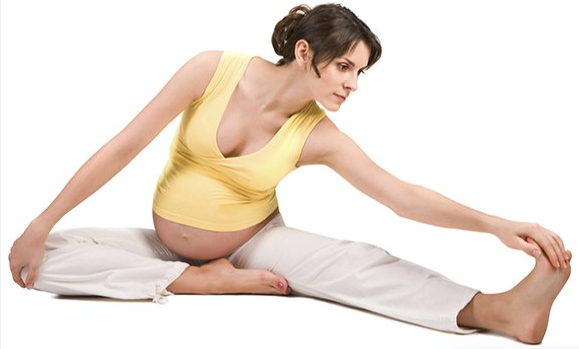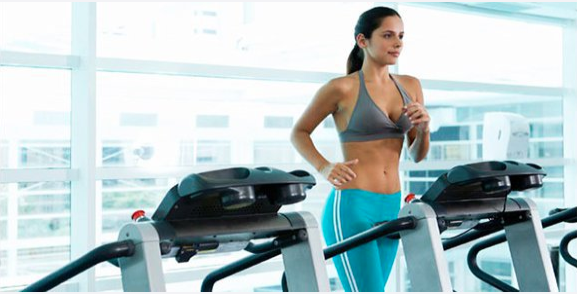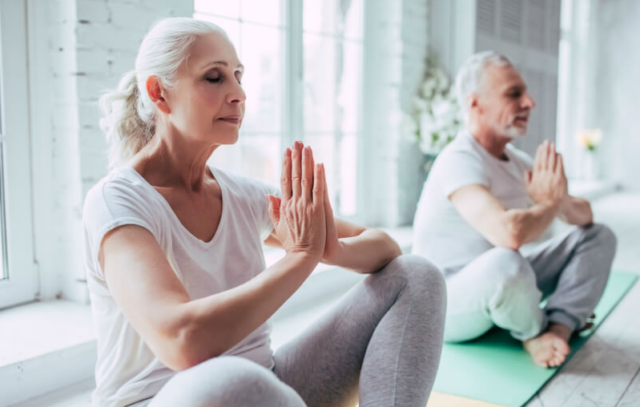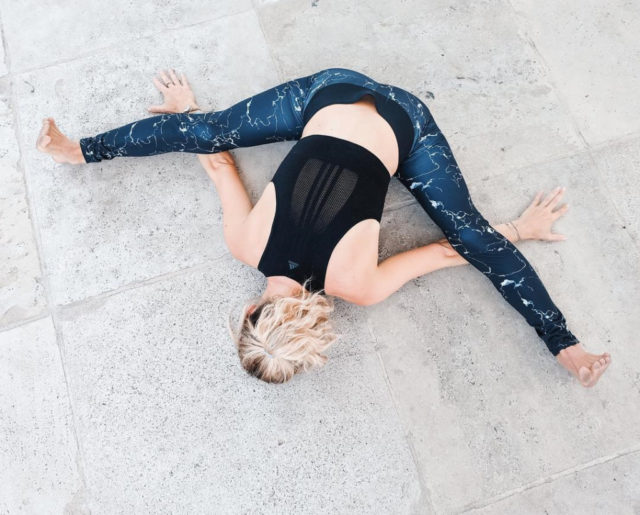Pranayama is a hatha yoga breathing technique that is widely practiced by people around the world. Performing exercises for beginners in a complex of yoga classes have a beneficial effect on the physical and mental health of a person.
It is an important link between active yoga practices (asanas) and internal ones (meditation). From Sanskrit, the word “prana” is translated as “vital energy, breathing”, and “yama” means “control, stop.”
The rules for performing pranayama were known in ancient India in the 2nd century BC. e. Currently, they are especially popular in the Western world: many practice breathing exercises both independently and in group classes.
WHY DO PRANAYAMA
Correct exercise improves immunity and replenishes vital energy in the body, helps to achieve awareness and harmony in emotions. Yoga practitioners note the clarity of the mind, the revitalization of the tired body and the relaxing effect of the technique on the nervous system.
Treatment of diseases
Pranayama has a beneficial effect on the entire body as a whole: it prevents and cures many diseases. This is confirmed by reviews of people who practice the technique, as well as scientific research by neurophysiologists. Let’s note the main healing properties:
- Pranayama induces rhythmic expansion of the lungs, which has a positive effect on the digestive system and skin.
- Stimulates cleansing processes in the liver, eliminates gallbladder disorders.
- Develops memory, awareness and stamina, improves concentration.
- Cleans the nose with a runny nose, improves blood circulation in the lungs, prevents colds.
- Speeds up metabolism: The rhythmic movement of the diaphragm during exercise stimulates intestinal circulation and helps to absorb nutrients faster.
Contraindications
The study and practice of pranayama is recommended only under the supervision of a specialist. Side effects may occur if exercise is not performed correctly. If you are suffering from a serious medical condition, it is best to consult your doctor.
Stop breathing exercises immediately if you feel any discomfort: weakness in the body, ringing in the ears, migraine, dizziness, etc.
Pranayama should not be done:
- With severe physical exhaustion or fatigue.
- With a body temperature above 37 ℃.
- Children under 14 years old.
- Two days after drinking alcohol.
- After going to the bathhouse or sauna.
- Within 1 hour after eating.
- With drug intoxication.
- After the 2nd month of pregnancy.
BREATHING TECHNIQUES IN PRANAYAMA
The most important rule is to always breathe through your nose, not through your mouth, as many are accustomed to do.
When breathing, observe the same rhythm: inhale – 4 counts, pause – 2 counts, exhale – 4 counts, pause – 2 counts. Balance is needed: the duration of the pauses after inhalation / exhalation is always the same; the duration of inhalation and exhalation is 2 times longer than the pauses.
Exercise techniques are classified according to different breathing patterns. It is necessary to know the difference before starting to practice pranayama.
Alternating breathing through one nostril
Used in surya bhedana pranayama and some other exercises:
- Place your right thumb on your nasal bone above your right nostril, and your ring and little fingers above your left.
- The thumb should be bent at a right angle at the upper joint, its tip perpendicular to the nasal septum. Press it against the fatty tissue of the nose so that the outer edge of the right nostril is parallel to the cartilaginous septum.
- While inhaling, pinch the left nostril with the tips of your ring and little fingers.
- Block both nostrils while holding your breath.
- While exhaling, partially unblock the left nostril. Exhale through it deeply and slowly, controlling the flow of the outgoing air with your fingers.
During this breathing, the passage of air is felt by the nasal membranes and fingertips. It creates a characteristic whistle-like sound. This sound should be kept constant during inhalation and exhalation by adjusting the pressure of the fingers on the nose.
It is important not to strain your forehead, temples, eyes and eyebrows – they remain motionless during breathing.
Deep breathing
Deep breathing is the foundation for all breathing exercises in yoga. It consists of clavicular, chest and abdominal breathing.
To begin with, you should exhale completely. When you inhale, air fills the lungs gradually, from one section to another: first to the lower, then to the middle, and only then to the upper. After completing the inhalation, you should hold your breath for a few seconds.
In this pranayama technique, masters classify exhalations into 2 types: solar (“ha”) and lunar (“tha”). The first case is more suitable for beginner practitioners: the air comes out first from the lower sections, then from the middle, and finally from the upper. In the second, this happens in reverse order.
To master this technique perfectly, you need to learn to distinguish between upper, middle and low breathing. Let’s consider the components of complete breathing separately.
UPPER (CLAVICULAR) BREATHING
Upper (clavicular) breathing is usually used by people unconsciously, in stressful situations. In this case, the air fills only the upper part of the lungs, and the diaphragm remains stationary.
Exhale fully, and while inhaling, concentrate on the chest – only it should move. In this case, the ribs and abdomen remain motionless. When the tops of the lungs are full, lift your shoulders slightly.
As you exhale, first lower your chest and then your shoulders. It is best to practice this exercise while standing in front of a mirror.
MIDDLE (CHEST) BREATHING
Inhale through your nose, gradually expanding your chest. Place your palms on your chest and stomach: they should be motionless while inhaling.
As you exhale, observe that the chest drops slowly. Follow her movement by hugging yourself by the sides.
By doing this exercise, you can prepare yourself for the deep breathing technique.
LOW (ABDOMINAL) BREATHING
Lower breathing is a massage of the internal organs that increases lung capacity and diaphragm mobility.
While inhaling, direct the air flow to the lower abdomen. Make sure that your chest remains motionless. When exhaling, draw in your stomach: its movements should be smooth, uniform and continuous.
Cleansing breath
Relaxing breathing is effective during fatigue or after doing yoga asanas. Allows you to cleanse the body of decay products formed in the body after exercise. It also helps to relieve nervous tension and stress.
Press your relaxed tongue against your lower incisors and inhale fully. After that, push the air out in portions using the diaphragm: make light, vigorous jolts.
If you are a beginner, then repeat these steps 3-5 times. Then you can gradually increase the number of repetitions to 15.
PRANAYAMA EXERCISES FOR BEGINNERS
Beginners should only do basic exercises. Contact a specialist for advice or sign up for group sessions. Improper performance of pranayama can lead to poor health.
There are several pranayama techniques for beginners.
Vrajana pranayama
Breathing technique while walking. It is intended for the prevention of severe infectious diseases: cholera, tuberculosis, leprosy. There are no specific contraindications.
As you walk, keep your back straight and breathe regularly, in time with your steps. For a full step we will count one step of the left foot and one step of the right. The exercise should be performed for 2 minutes in the morning and evening.
Inhale the air slowly for 4 full steps, then exhale at the same interval. Don’t hold your breath, it should be smooth.
Once you get used to this rhythm, you can increase the number of steps for inhalation and exhalation to 6 and 8, respectively. The maximum value that should not be exceeded is 18 steps for inhalation and 36 for exhalation. Take your time to complicate the exercise: practice at the initial rhythm for at least a few weeks.
Sitali pranayama
The cooling breath technique is best suited for those who suffer from chronic sweating of the palms and feet. It cleanses the blood and is a prophylactic against skin diseases. Practice Sitali Pranayama with extreme caution during the cold season.
- Get into a comfortable sitting position (any meditative asana will do).
- Fold your lips in a tube and stick the tip of your tongue into them.
- Exhale completely through the nose, then inhale slowly through the mouth: this way the air flow cools the tongue. Concentrate on feeling pleasantly cool in your mouth.
- Hold your breath for 5 seconds and exhale again through your nose.
- Repeat the cycle for 3 to 10 minutes.
Surya bhedana pranayama
Includes the inhalation-exhalation technique through one nostril. Exercise cleanses the lungs, ridding them of phlegm.
If done regularly, your digestion will improve and your nervous system will be strengthened. Recommended for people suffering from low blood pressure and low body temperature.
- Sit in a comfortable position for yourself: keep your back straight, and lower your chin into the fossa between the collarbones above the sternum.
- Control your breathing with your fingers. In surya bhedana pranayama, all inhalations are made on the right nostril, and outbreaths on the left.
- Hold your breath for 5 seconds after inhaling fully.
- Breathe slowly and deeply so that the lungs are completely filled with air, maintain an even rhythm of breathing.
- Do no more than 10 repetitions at a time.
WHERE IS IT BETTER TO PRACTICE PRANAYAMA
The initial exercises can be practiced at home (surya bhedana pranayama) or even on the move (vrajana pranayama). However, you should not start a technique without consulting a mentor and doctor (if you have a medical condition).
Pranayama is only a small part of a large set of hatha yoga exercises. Our fitness club offers group yoga classes with experienced teachers. Instructors take into account the individual characteristics and health status of each student.
A set of exercises from pranayama, asanas (special postures in yoga) and vinyasas (smooth movements during the change of asanas) will give you a pleasant feeling of harmony and a healthy body for many years.



